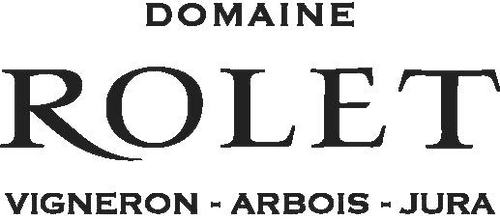The AOC Côtes du Jura, recognized in 1937, is the largest of the Jura appellations. It extends over a strip of almost 80 km long and 2 to 4 km wide. From North to South, it covers the commune of Cramans to Saint-Amour. From East to West, it nestles between the first Jura plateau and the Bresse plain. Currently 105 communes can claim this appellation which has 551 hectares. The average production is 20,600 hectoliters. The hillsides are between 220 and 380m in altitude.
Côtes du Jura
"Since Roman times"
Extremely complete, the whole of the Jura products are elaborated there, but it is the production of white wines and crémants which dominates.
The Jura vineyards have existed since Roman times and there is abundant evidence of them from the year 1000. In the 1st century A.D., a text by Pliny the Younger, relates the presence of vines in the region of Sequania, now Franche-Comté. In 1272, Jean de CHALON established a regulation of the cultural principle of the vine in the Jura in order to preserve the quality of the wines.
In the 17th century, the first writings mentioning the Poulsard grape variety are found, then at the beginning of the 18th century, the presence of Savagnin and Chardonnay is attested. At the end of the 19th century, the Jura vineyard had 20,000 hectares planted before the arrival of Phylloxera which exterminated almost all the vines.
"The nose is marked and perfumed"
The grape varieties cultivated in the Jura have been grown for several centuries.
Three grape varieties are typically Jura: the Poulsard variety, of which there is a written trace as early as 1620, the Trousseau variety from 1732, and the Savagnin variety, whose presence is attested in 1717.
Two grape varieties originate from the neighboring Burgundy vineyards: Chardonnay, present since 1717 in the Jura, and the Pinot Noir grape variety whose oldest written mention dates back to 1385, under the name of "Savagnin Noir".
All types of wines can be produced in AOC Côtes du Jura: Macvin, Crémant, white, red and rosé wines, as well as vin jaune and vin de paille.
The north of the appellation has a majority of limestone soils from the Middle and Upper Jurassic, the heart of the vineyard has more marly soils from the Lias and Trias, while the south has a dominance of limestone from the Middle Jurassic.
The nose is marked and perfumed. On the reds, a dominance on red fruits in their youth with an affection for blackcurrant. The whites have floral and sweet notes, slightly smoky, with toasted almond. As they age, they express more complex aromas.
Three grape varieties are typically Jura: the Poulsard variety, of which there is a written trace as early as 1620, the Trousseau variety from 1732, and the Savagnin variety, whose presence is attested in 1717.
Two grape varieties originate from the neighboring Burgundy vineyards: Chardonnay, present since 1717 in the Jura, and the Pinot Noir grape variety whose oldest written mention dates back to 1385, under the name of "Savagnin Noir".
All types of wines can be produced in AOC Côtes du Jura: Macvin, Crémant, white, red and rosé wines, as well as vin jaune and vin de paille.
The north of the appellation has a majority of limestone soils from the Middle and Upper Jurassic, the heart of the vineyard has more marly soils from the Lias and Trias, while the south has a dominance of limestone from the Middle Jurassic.
The nose is marked and perfumed. On the reds, a dominance on red fruits in their youth with an affection for blackcurrant. The whites have floral and sweet notes, slightly smoky, with toasted almond. As they age, they express more complex aromas.

